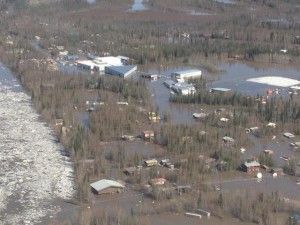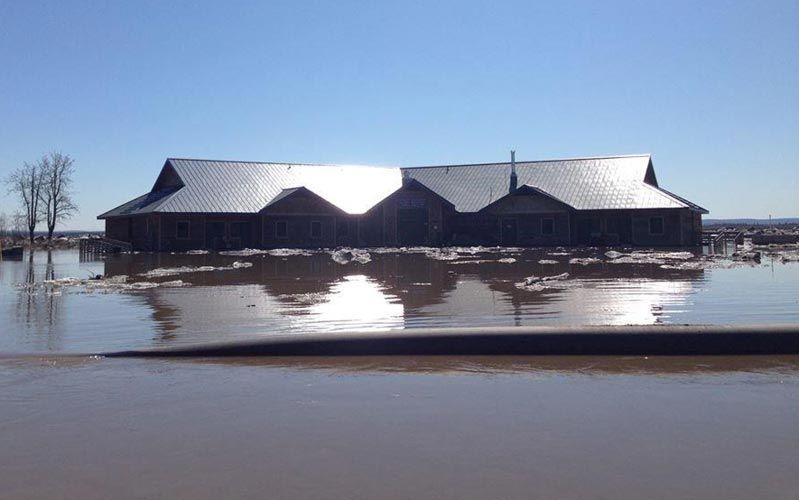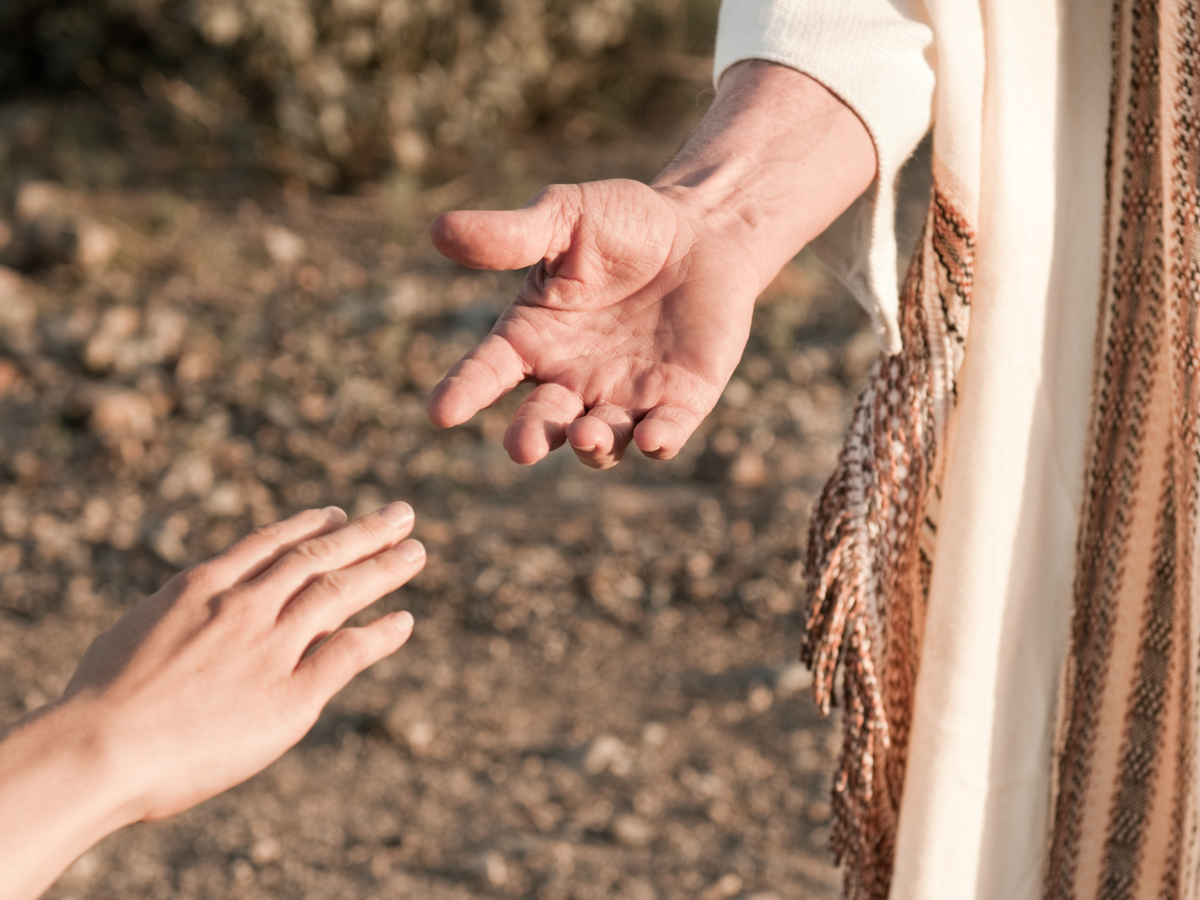
Disaster Area

This is Part 2 of our current battle with two major floods in the Far North.
___
Galena, Alaska, May 26 - 30, 2013
The Setting: A mixed community of 500 Koyukon Athabaskans and non-natives, located on the Yukon River in the Alaskan Interior, accessible only by air or via the river.
The Incident: Similar to the situation above but on a much, much larger scale; the ice jammed and the vast Yukon River was impounded into a temporary lake 40 miles long. Over the course of several days the town was progressively inundated, first the “old town,” then parts of the new town site until everything located outside of the protective dike surrounding the old military base was flooded. Electricity, phone and water service were cut and roads became impassable as water surged into previously unaffected areas; in some locations rising 5-6 feet in less than an hour. Hundreds of residents were stranded before evacuation to other communities. Some homes were pushed off foundations by the current and others simply floated away. Vehicles were submerged and boats became the method of travel over what an hour before had been gravel roads. The only remaining dry land in Galena was inside the dike, creating an “island” actually below the water level. The flood threatened to breach the dike as it crested a mere 6 inches below the top. On the evening of the 28th a military C-130 departed with the last of the evacuees and sled dogs, leaving behind dozens of hardy residents living in boats. Every building outside the dike was impacted by water. Late in the afternoon of May 29th the ice jam began to weaken and lose its grip. By 9pm the jam released and moved downstream, allowing the extensive flood waters to drain back into the river system. At 10am Thursday, May 30th, the National Weather Service lifted the flood warning for Galena.

The Aftermath: Galena is now a disaster area. Roads were washed out or left impassable due to ice, debris, or even buildings dropped behind by the retreating water. Phone, fuel, water and sewer services are not operational. Electrical service has now been restored. Drinking water is scarce, as is food and gasoline. The community is crippled and faces a long, expensive task to rebuild and recover. Most supplies of firewood are lost, as are the freezers needed to store seasonal foods such as summer fish and fall moose meat.
How this affects the ministry of SEND North: Two of our three missionary families serving in Galena are now without housing; the third cannot bring his family home for a month or more. The Galena Bible Church is damaged and in need of major repair, as is the home of the local pastor. Hundreds of Galena evacuees will not be able to return until their homes can be repaired/rebuilt, presenting a multi-dimensional challenge; not only are funds needed (the total damages must be in the tens of millions of dollars) but the short season and remote location make building and obtaining supplies very difficult. Schools may not be open in the fall.
How you can learn more: Google “Galena, Alaska flood” or something similar, check out the facebook page, “Yukon River Rescue,” access the SEND North website (https://www.send.org/north/) and you can follow the staff links to the Fox’s, Kaufield’s or Hornfischer’s pages.
Additional Posts




